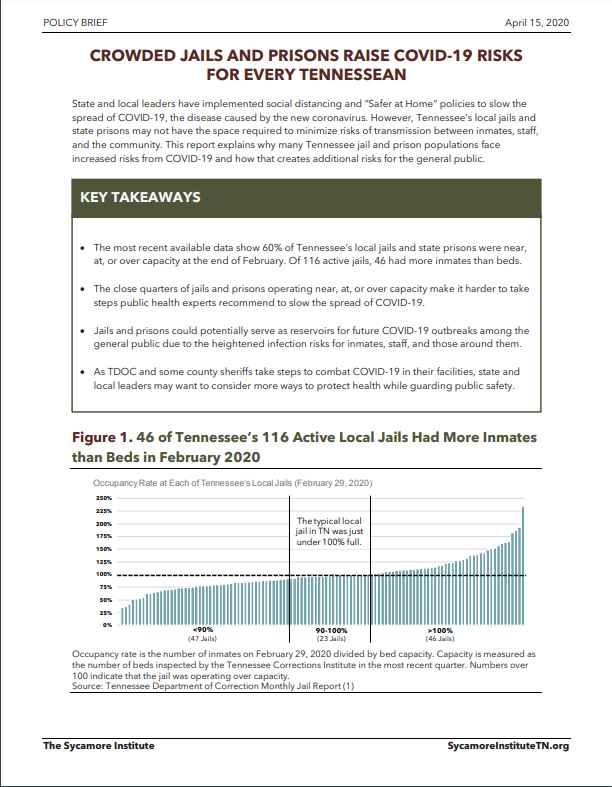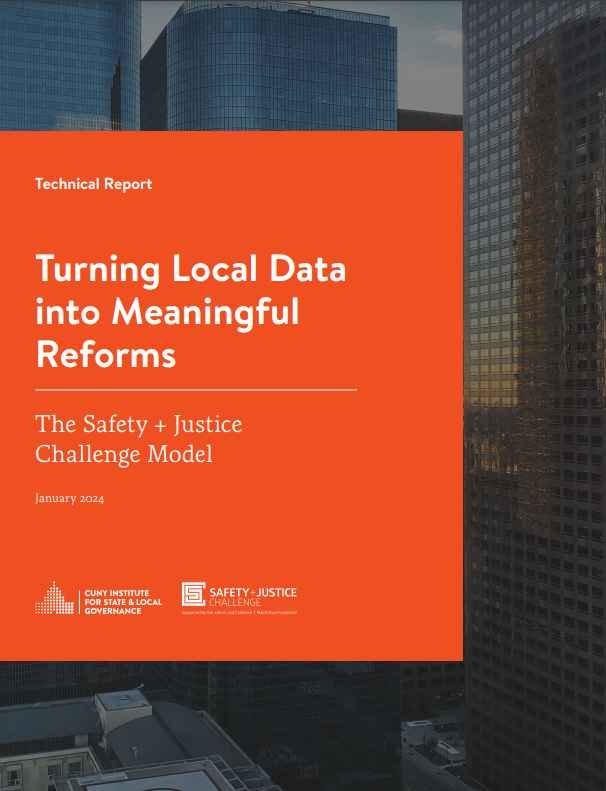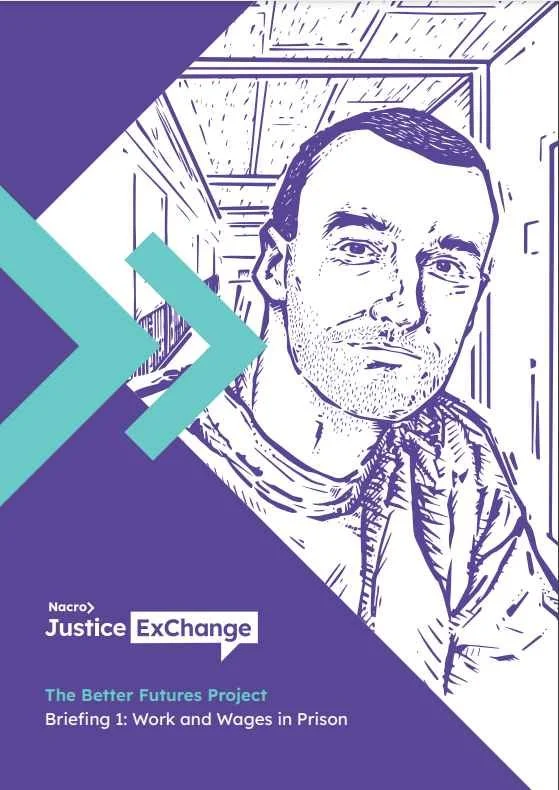By The U.S. Department of Justice, Office of the Inspector General
Our inspection identified several serious operational deficiencies at FCI Tallahassee. Among the most concerning were the alarming conditions of its food service and storage operations. Specifically, on our second day at the institution, we observed inmates being served moldy bread and vegetables rotting in a refrigerator in a food preparation area at the female prison. We also observed in food storage warehouses likely evidence of rodent droppings and rodents having chewed through boxes of food, as well as bags of cereal with insects in them and warped food containers. Within 24 hours of the OIG alerting institution management of our findings, they and other staff removed large volumes of food from the storage warehouses. We also identified in the female prison serious infrastructure problems that created unsanitary and potentially unsafe conditions. Inside communal inmate bathrooms, we observed a shower in which discolored water had pooled, a shower that flooded when used, and an inoperable toilet. We also found that female housing unit roofs routinely leak and that all five general population housing unit roofs need to be replaced. Many female inmates live in housing units in which water frequently leaks from ceilings and windows on or near their living spaces. We observed housing areas in which feminine hygiene products were being used to absorb water from leaking windows, an electrical outlet that appeared to have fire damage, a sink that was detached from the wall, and a black substance on walls and ceilings. Additionally, we observed worn bedding, rusted inmate storage lockers, and unlocked supply closets. Most staff and inmates reported feeling safe and did not believe that sexual abuse was widespread at FCI Tallahassee. We nonetheless identified serious issues affecting inmate safety, including Correctional Officer shortages, a lack of supervisory oversight at the male detention center, and operational deficiencies in core inmate management and security functions, such as weaknesses with inmate search procedures and limited security camera coverage. Staff and inmates also told us that staff do not always enforce rules consistently, and inmates believed that certain staff took retaliatory measures against them. Additionally, inmates reported that some Correctional Officers use offensive language when speaking with them. We found that, collectively, these issues have adversely affected the trust inmates have in Correctional Officers, which can cause some inmates to be unwilling to report staff and inmate misconduct due to fear of reprisal. We also found that FCI Tallahassee’s Health Services Department is experiencing significant staffing shortages, with 38 percent of its positions vacant, which is consistent with challenges associated with hiring healthcare professionals across the BOP. While we found that Health Services Department staff work hard to complete many of the core tasks within timeframes set by BOP policy, staff shortages have negatively affected healthcare treatment, including causing staff to modify the time of day it distributes insulin and drugs to female inmates, which may limit the therapeutic benefit of these drugs for certain inmates. Separately, we observed a healthcare provider failing to ask required questions during inmate intake screenings and not informing inmates how to access healthcare services. We note that many of the issues we detail in this report were longstanding and that much of FCI Tallahassee’s executive leadership team is new to the institution. For example, the Warden reported for duty there in January 2023. He and the leadership team were aware of many of the issues detailed in the report and at the time of our inspection had been taking steps to address them. We appreciated the full cooperation they and their staff provided to the OIG team during the inspection.
Washington, DC, U.S. Department of Justice. 2023, 49pg

























